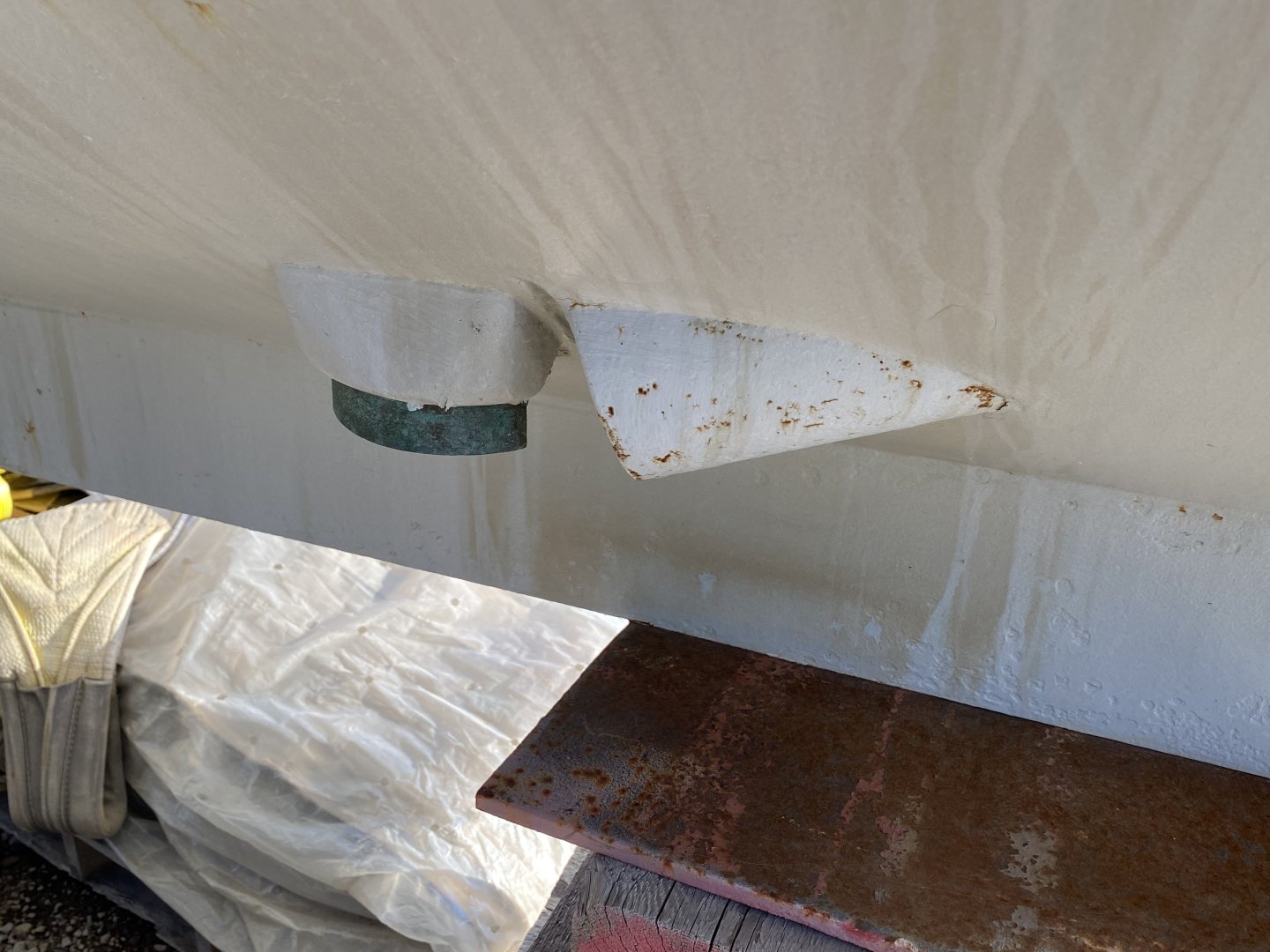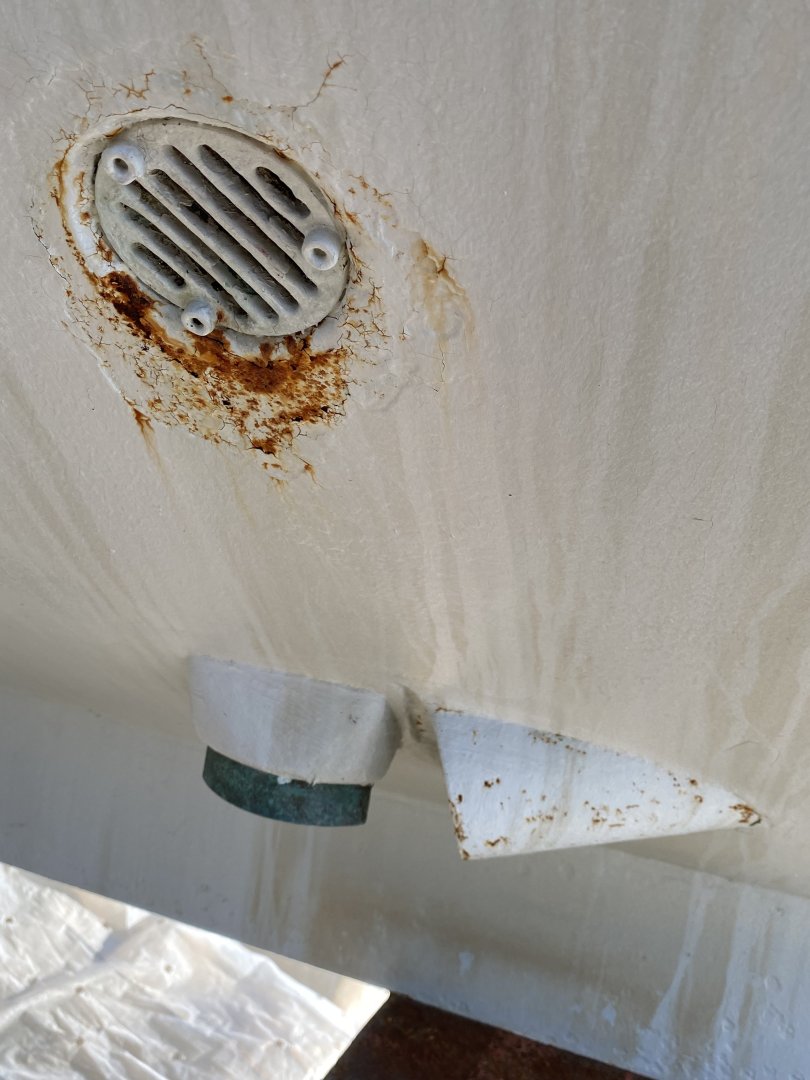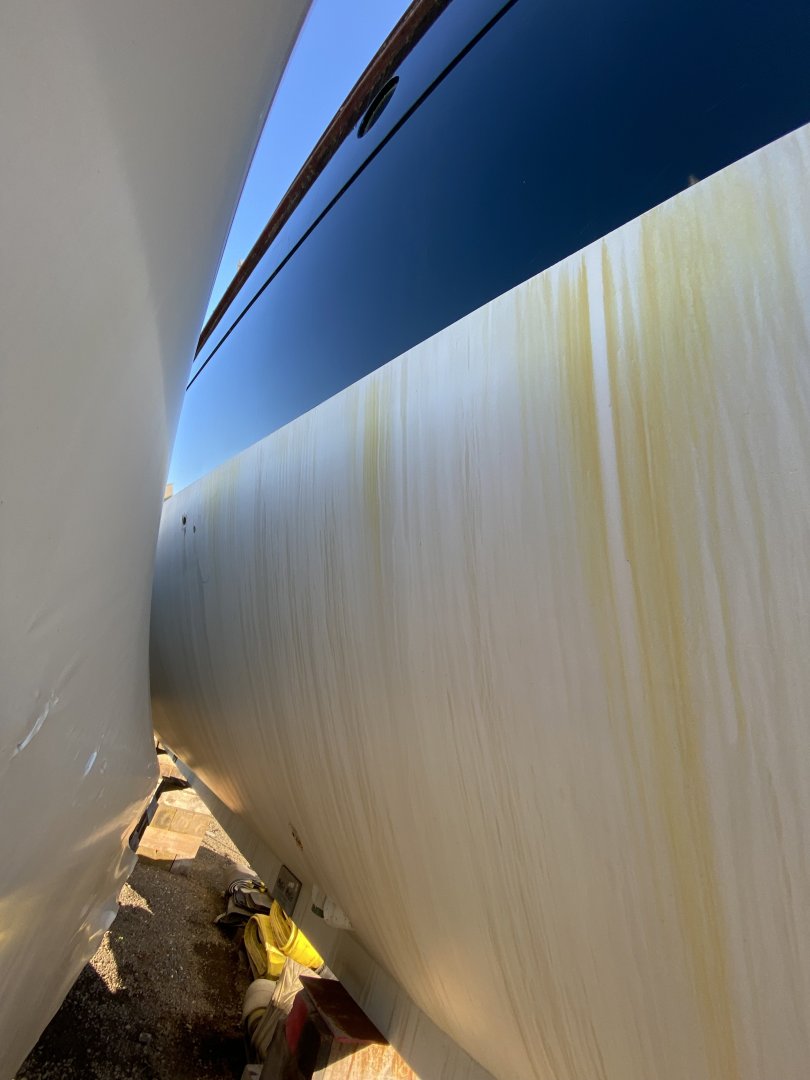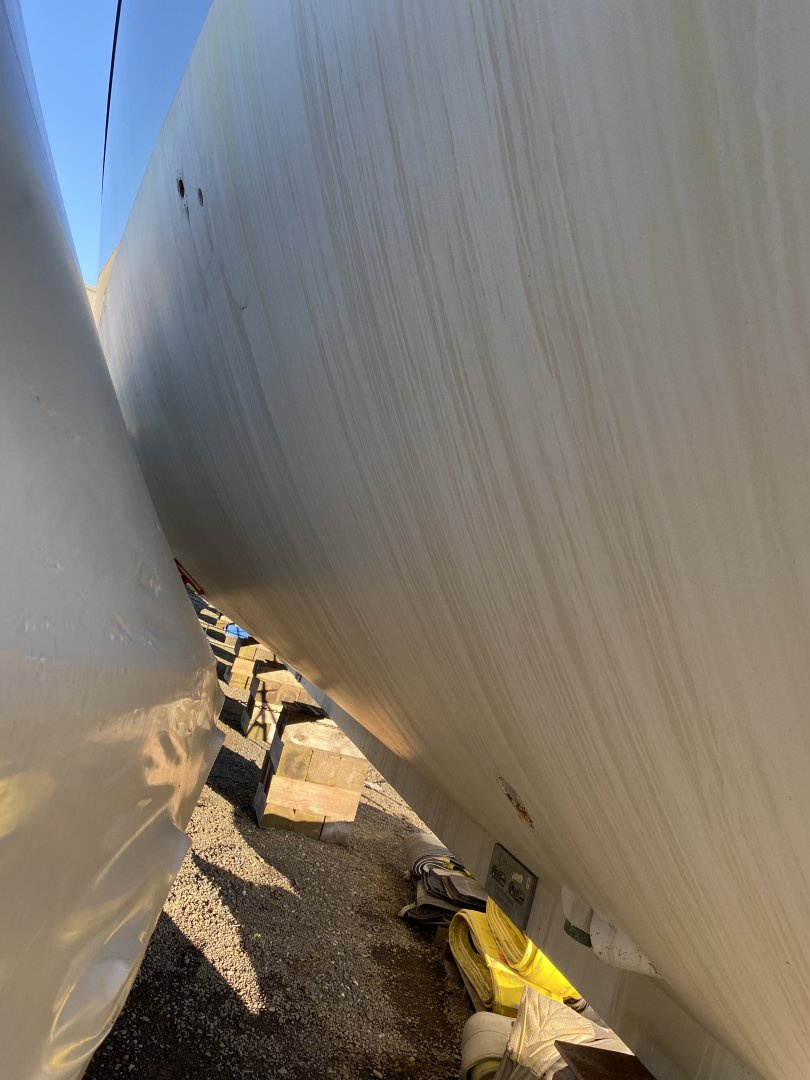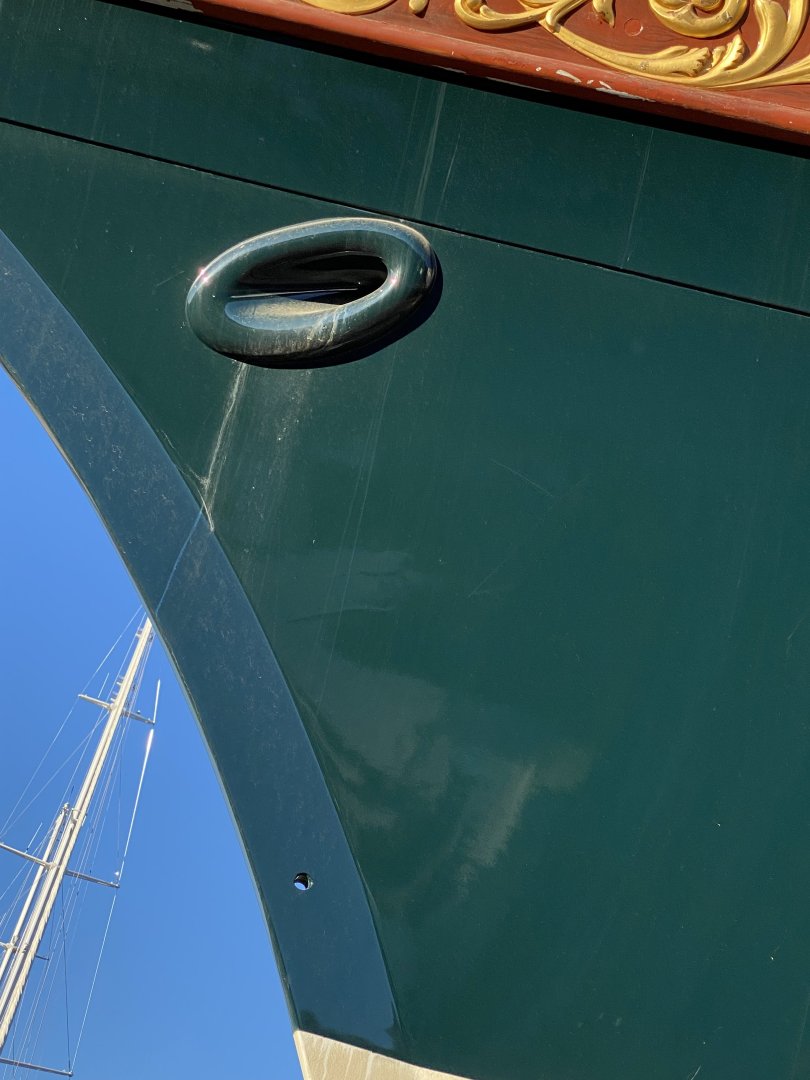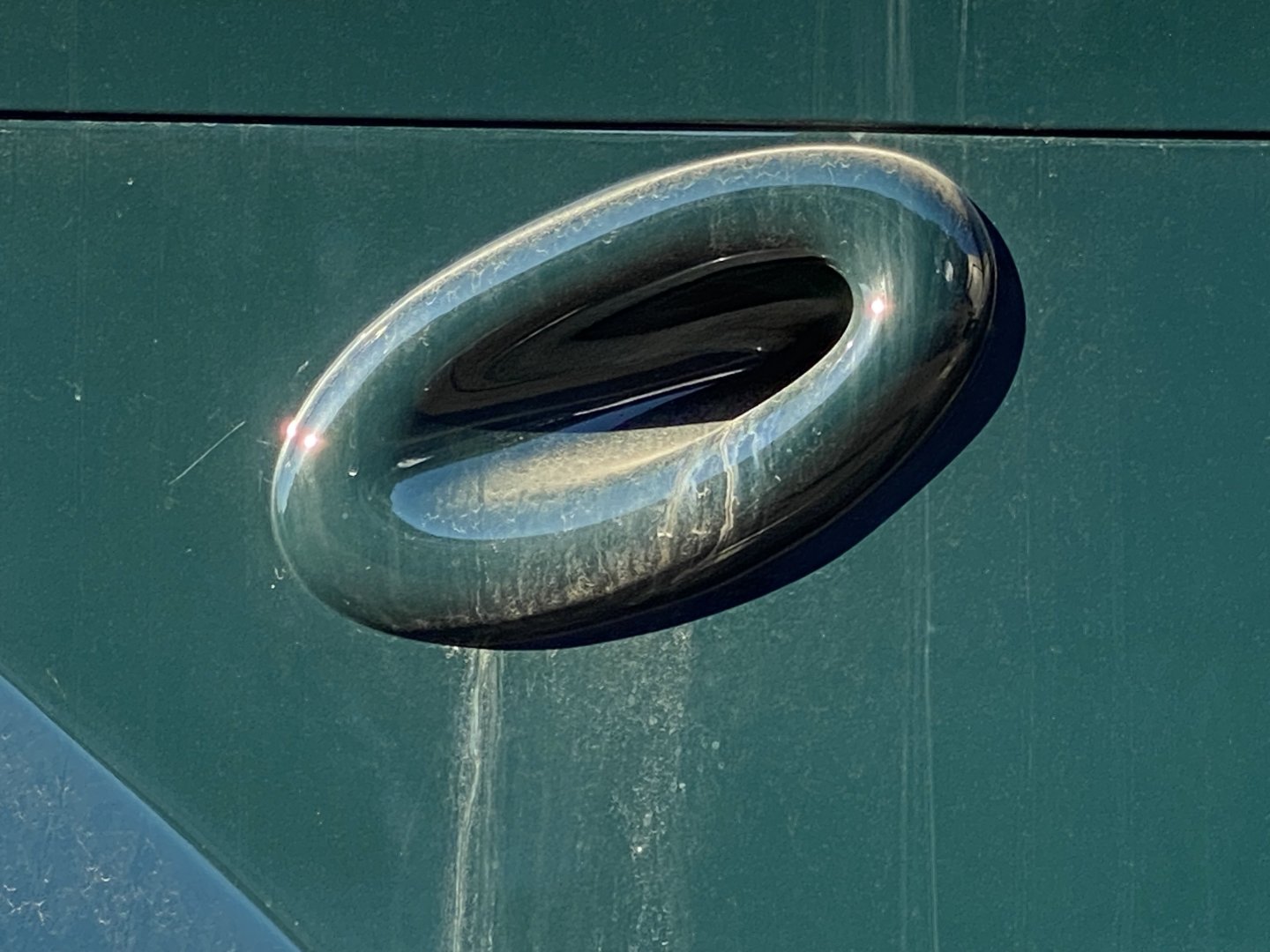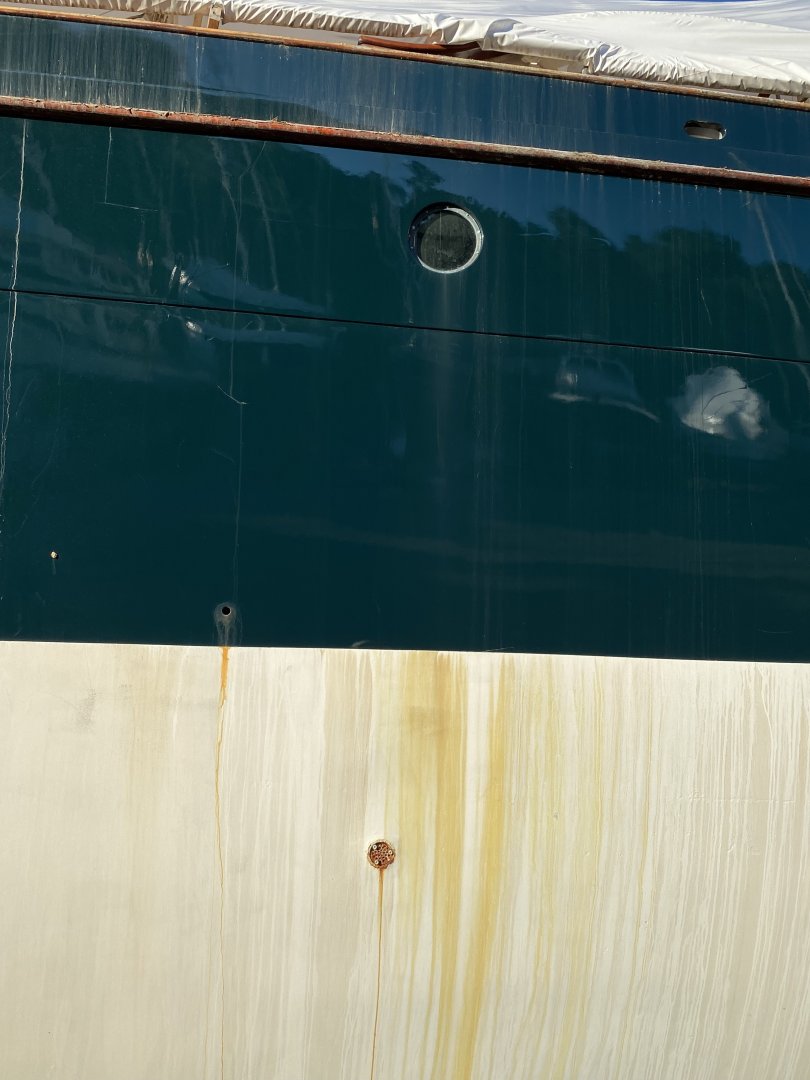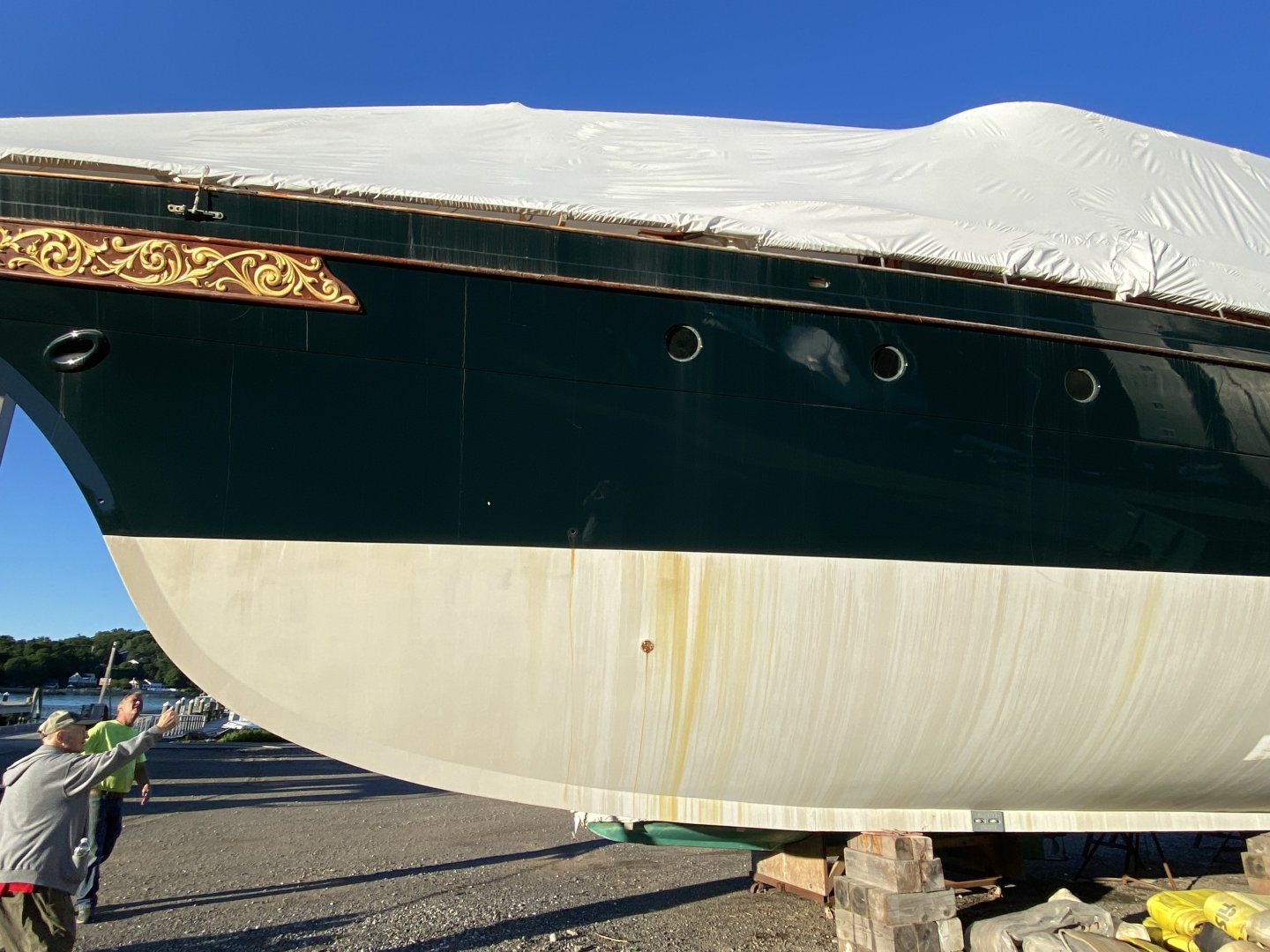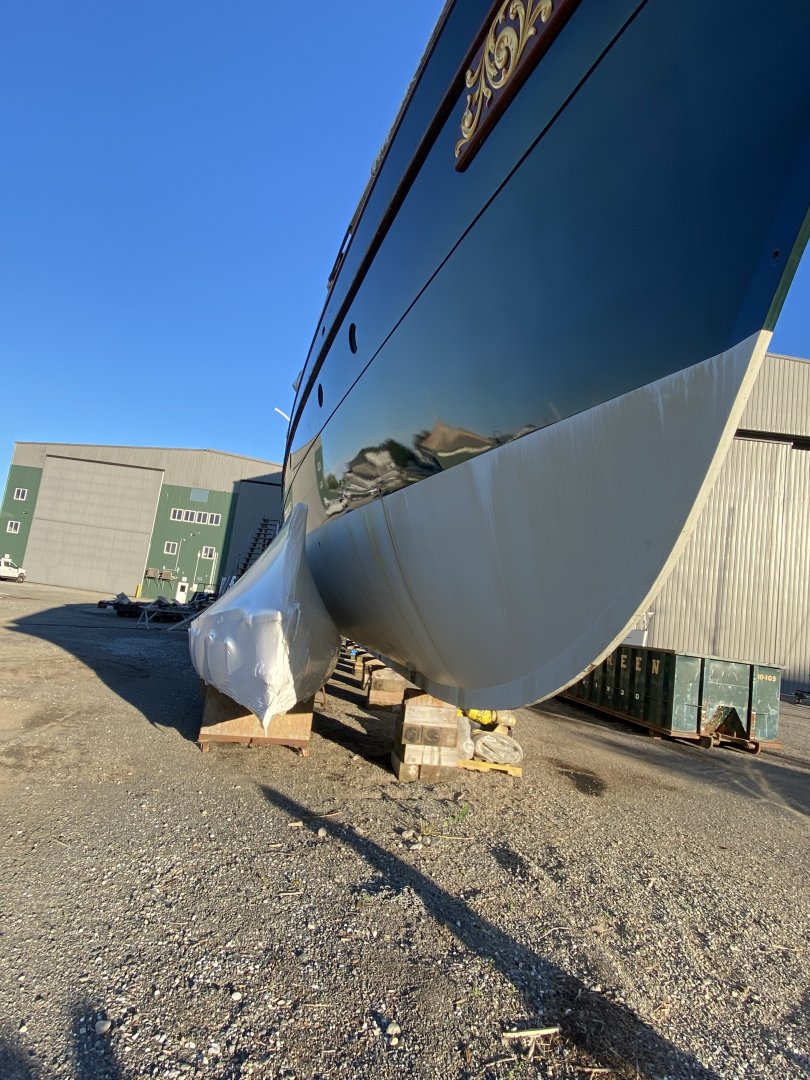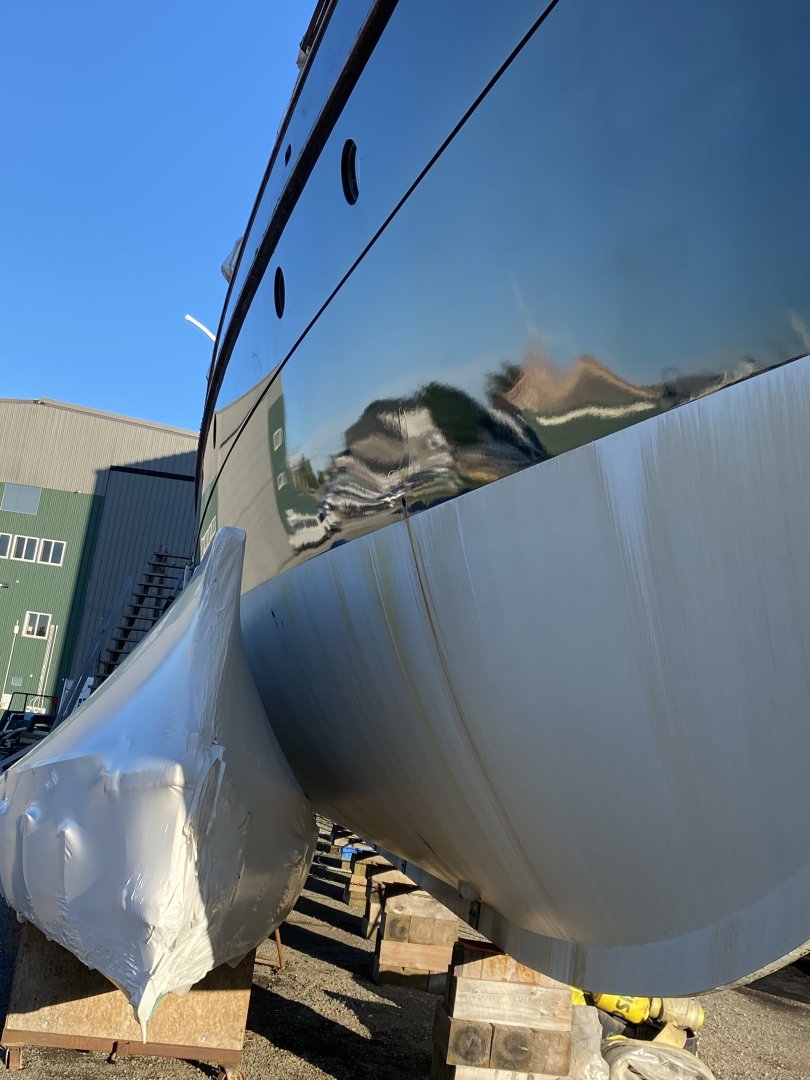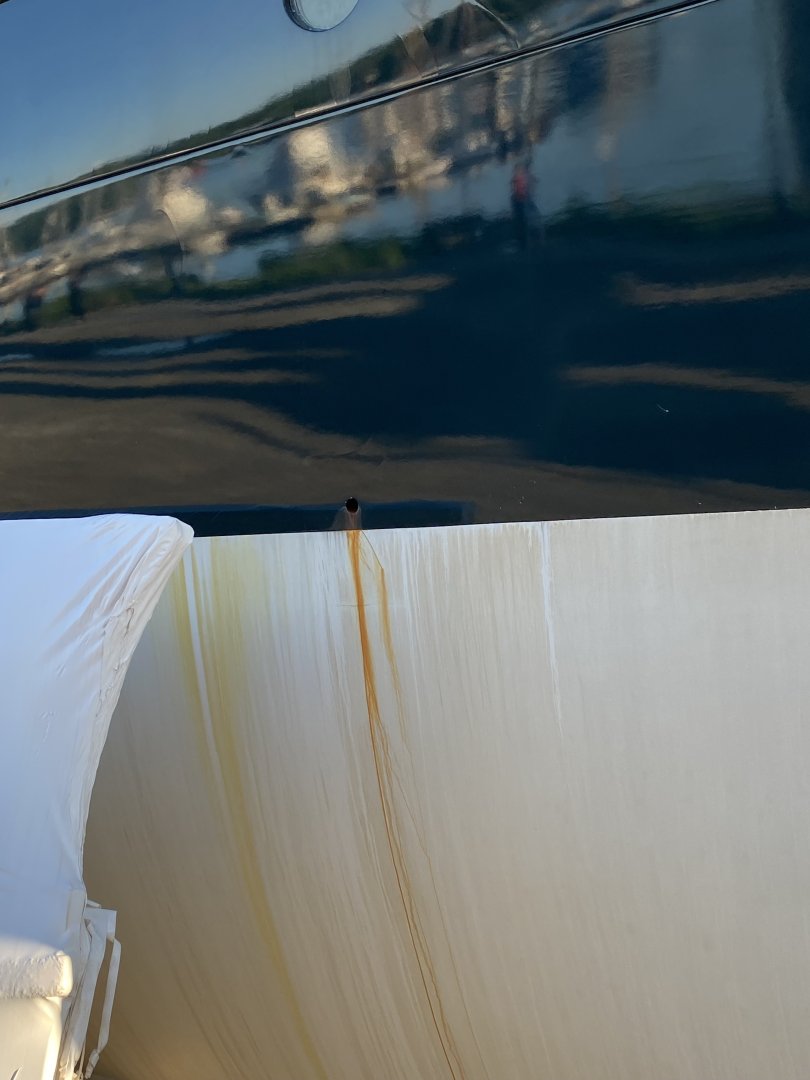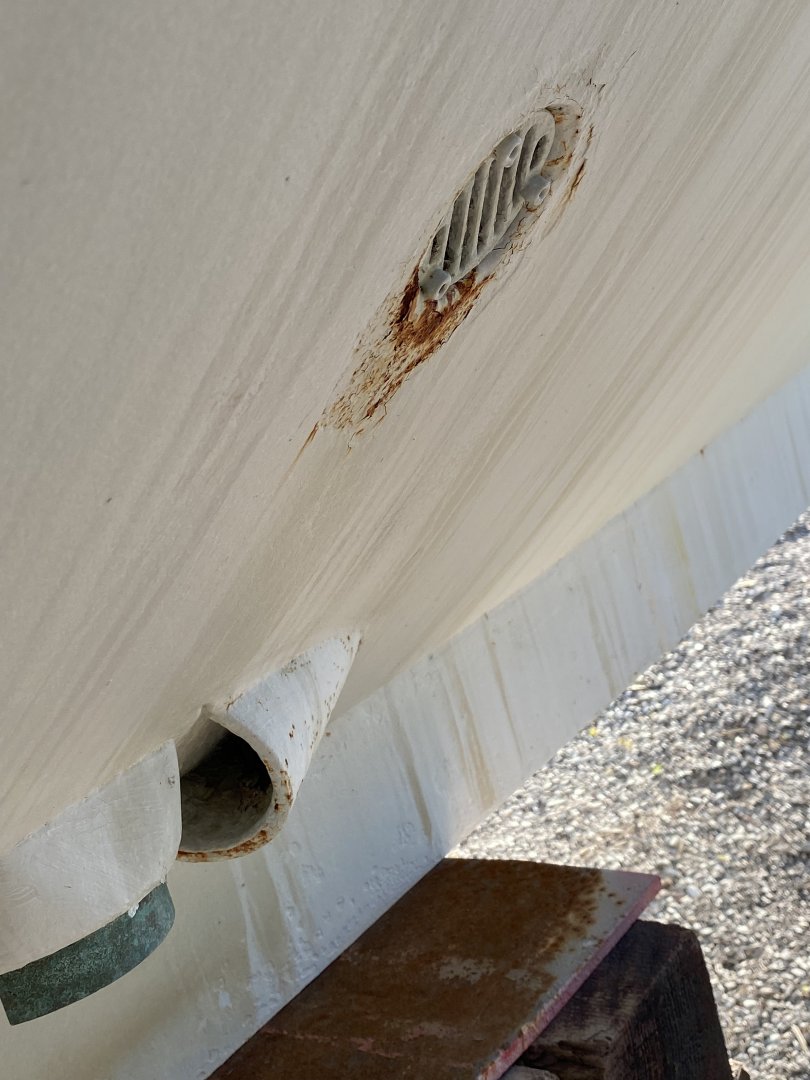
Rick310
NRG Member-
Posts
746 -
Joined
-
Last visited
Content Type
Profiles
Forums
Gallery
Events
Everything posted by Rick310
-
Keith, sorry it took so long to get these pictures. What appears to be a sensor on the starboard side is just aft of a discharge pipe (?). It is located approximately in line with the second port hole going aft. This is not duplicated on the port side. Sorry the pictures aren’t better but there is small boat up against the hull. I also took a picture of a hole in the stem possibly for the bobstay. RickI was told that the small boat is Cangarda’s tender. The drains on the port side are also on the starboard side. Rick
-
Really well done!! They look great!! It really adds to the appearance of the bowsprit! I also like that you left the shieves brass. I decided to do the same on the Flying Fish. Makes them stand out a little bit. zRick
- 85 replies
-
- Cutty Sark
- Sergal
-
(and 1 more)
Tagged with:
-
Nice job on your figurehead! I am also making my own bullseyes for the bridles for the bowlines. I will also have to make some for the rigging as none are included in the kit and the ones commercially available for sale are too big. So far I’ve had to purchase additional belaying pins, deadeyes, blocks rigging line, and wood, just to name a few. Rick
- 417 replies
-
- Flying Fish
- Model Shipways
-
(and 2 more)
Tagged with:
-
You’ve done a really nice job!! CS looks great!! Question, I thought CS’s studding sail booms hung below the main yards? Rick
- 85 replies
-
- Cutty Sark
- Sergal
-
(and 1 more)
Tagged with:
-
Nicely carved life boat! Never thought you could take an impression of rope like this!! Rick
- 300 replies
-
- lightship
- Feuerschiff Elbe 1
-
(and 1 more)
Tagged with:
-
Thoughts and prayers for both of you Keith. Prayers that Maggie will find the strength to continue her rehab. Rick
-
Rob, I’ve tried to shorten the stirrups, probably not as much as they should be but better than what they were. Really appreciate your input! The pictures of your GS are amazing! Incredibly well done! Rick
- 342 replies
-
- Flying Fish
- Model Shipways
-
(and 1 more)
Tagged with:
About us
Modelshipworld - Advancing Ship Modeling through Research
SSL Secured
Your security is important for us so this Website is SSL-Secured
NRG Mailing Address
Nautical Research Guild
237 South Lincoln Street
Westmont IL, 60559-1917
Model Ship World ® and the MSW logo are Registered Trademarks, and belong to the Nautical Research Guild (United States Patent and Trademark Office: No. 6,929,264 & No. 6,929,274, registered Dec. 20, 2022)
Helpful Links
About the NRG
If you enjoy building ship models that are historically accurate as well as beautiful, then The Nautical Research Guild (NRG) is just right for you.
The Guild is a non-profit educational organization whose mission is to “Advance Ship Modeling Through Research”. We provide support to our members in their efforts to raise the quality of their model ships.
The Nautical Research Guild has published our world-renowned quarterly magazine, The Nautical Research Journal, since 1955. The pages of the Journal are full of articles by accomplished ship modelers who show you how they create those exquisite details on their models, and by maritime historians who show you the correct details to build. The Journal is available in both print and digital editions. Go to the NRG web site (www.thenrg.org) to download a complimentary digital copy of the Journal. The NRG also publishes plan sets, books and compilations of back issues of the Journal and the former Ships in Scale and Model Ship Builder magazines.



